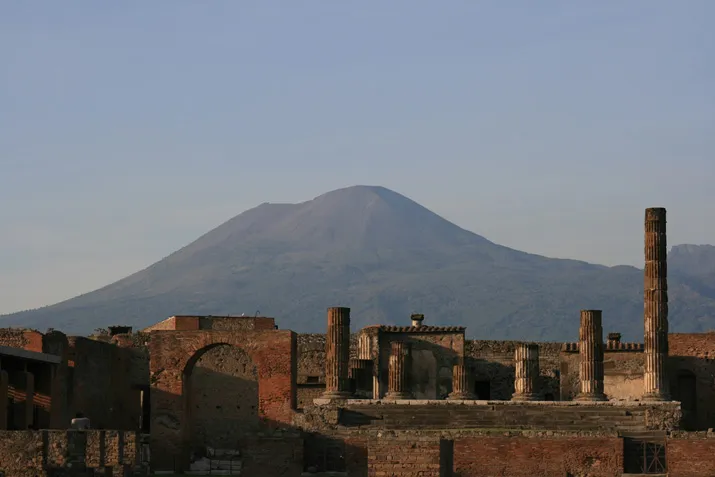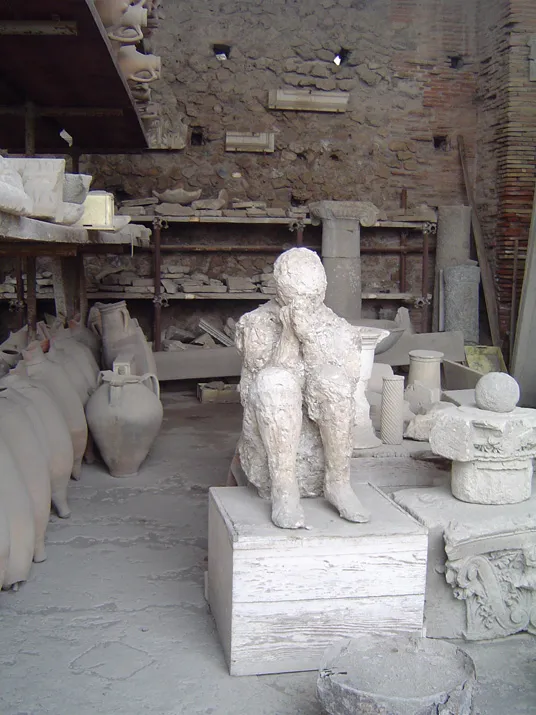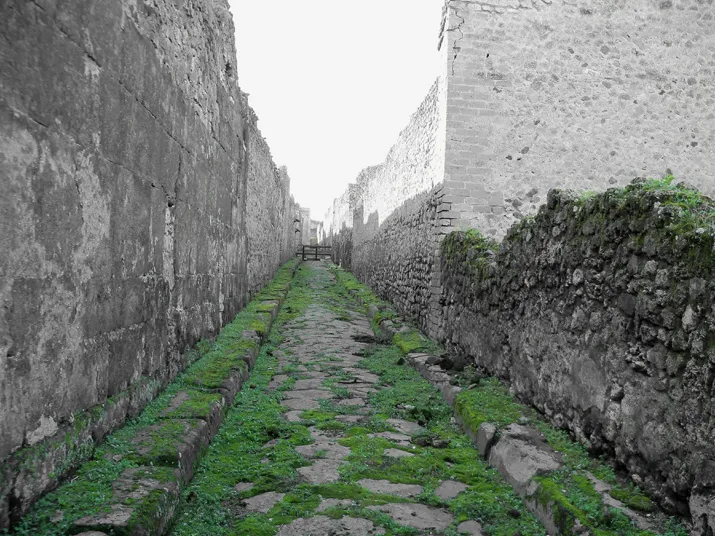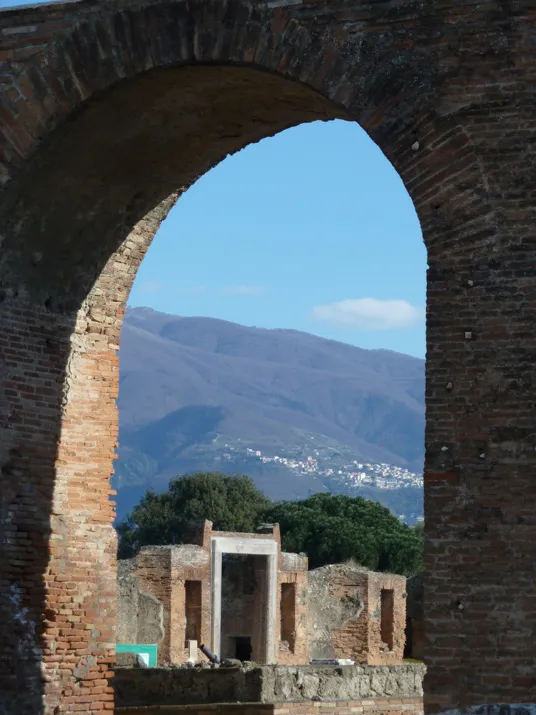A Glimpse of Old Pompeii
Preserved under the volcanic ash from Mount Vesuvius are the everyday goings-on of ancient Roman life
/https://tf-cmsv2-smithsonianmag-media.s3.amazonaws.com/filer/lifelist-pompeii-631.jpg)
Pompeii's history reads like a Greek tragedy. Settlers originally flocked to the site of the Roman port city because of its fertile soil—the product of volcanic ash from nearby Mount Vesuvius. Yet that very same volcano would erupt and doom the city of 10,000 to 20,000 inhabitants in A.D. 79.
Many Europeans toured the city's ancient ruins in the decades following their initial excavations in 1748. Indeed, Pompeii became all the rage across the continent, inspiring a gaudy revival in Classical art and architecture.
But for archaeologists and present-day visitors, the real thrill of Pompeii is that the most mundane aspects of ancient Roman life have been preserved for centuries beneath fine-grained volcanic ash. Graffiti still covers walls; some of the excavated bakeries had bread loaves in their ovens. (The National Archaeological Museum in nearby Naples displays many of the most important finds.) Visitors to the city can tour homes such as the House of the Vettii—a residence of wealthy merchants, with walls adorned with frescoes depicting scenes from classical mythology.
Among the most moving sights is the Garden of the Fugitives, which displays plaster casts of some of the victims in their final moments of life. "It adds an extra dimension to Pompeii," observes Rick Jones, an archaeologist at the University of Bradford in England, who has conducted research at the site since 1994. "It creates a sense of intimacy, a connection to the people who lived there."
/https://tf-cmsv2-smithsonianmag-media.s3.amazonaws.com/accounts/headshot/mark-strauss-240.jpg)




/https://tf-cmsv2-smithsonianmag-media.s3.amazonaws.com/accounts/headshot/mark-strauss-240.jpg)